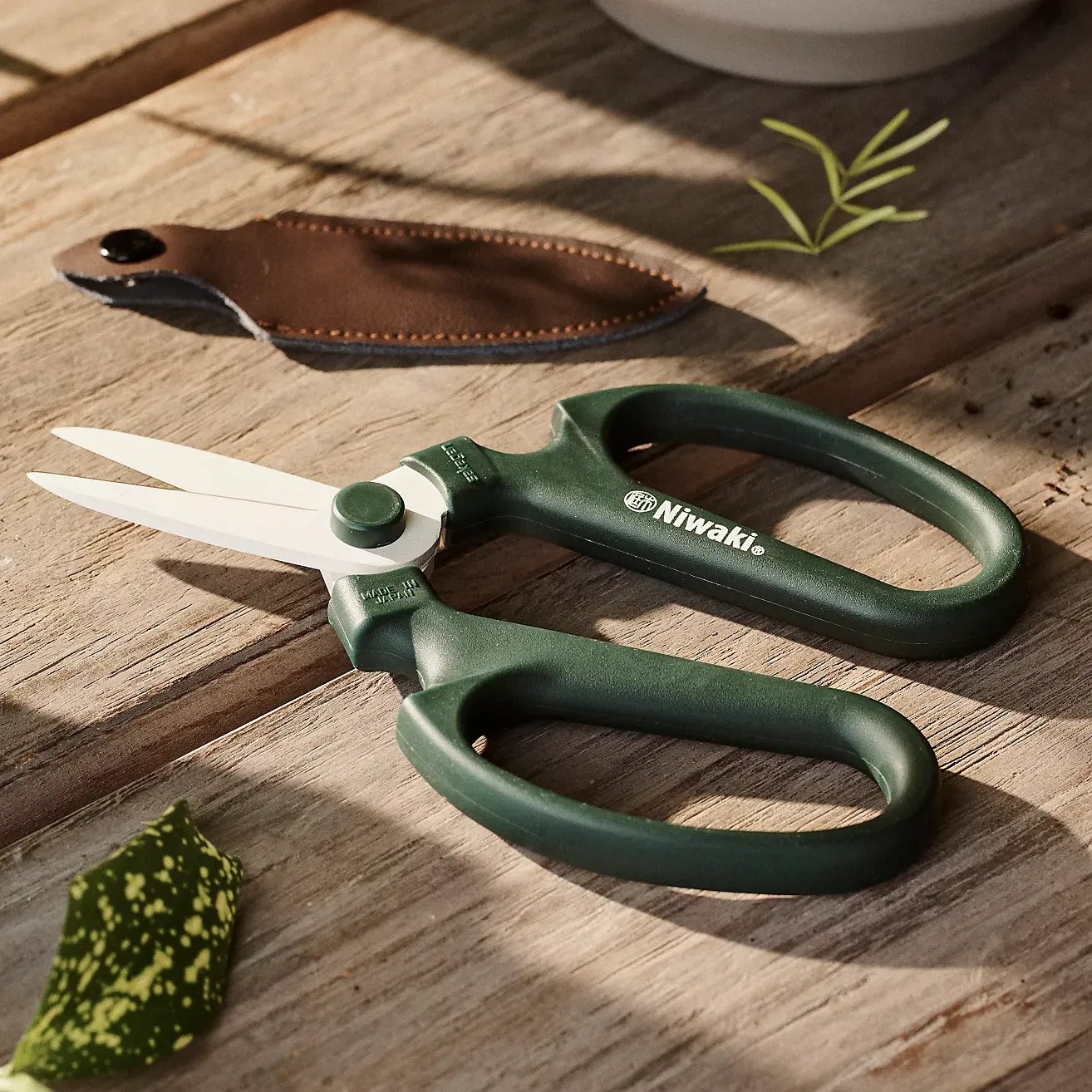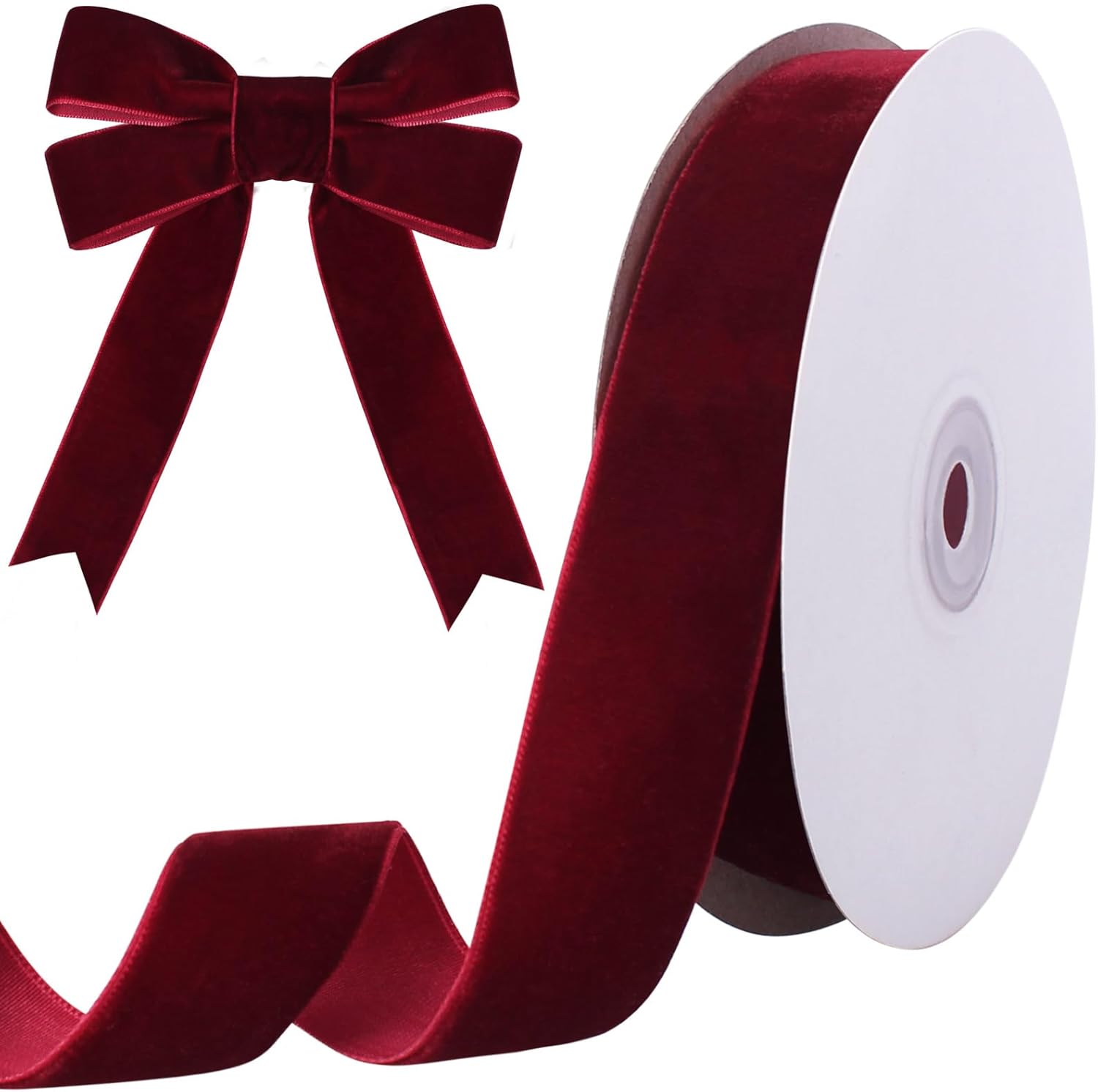A Homegrown Christmas Wreath is the Holiday Trend That’s Here to Stay – How to Choose the Best Natural Materials for a Professional-Grade Design
If you’re making your own wreath this year, choosing the right varieties of home-grown foliage and natural accents is key to a stylish design
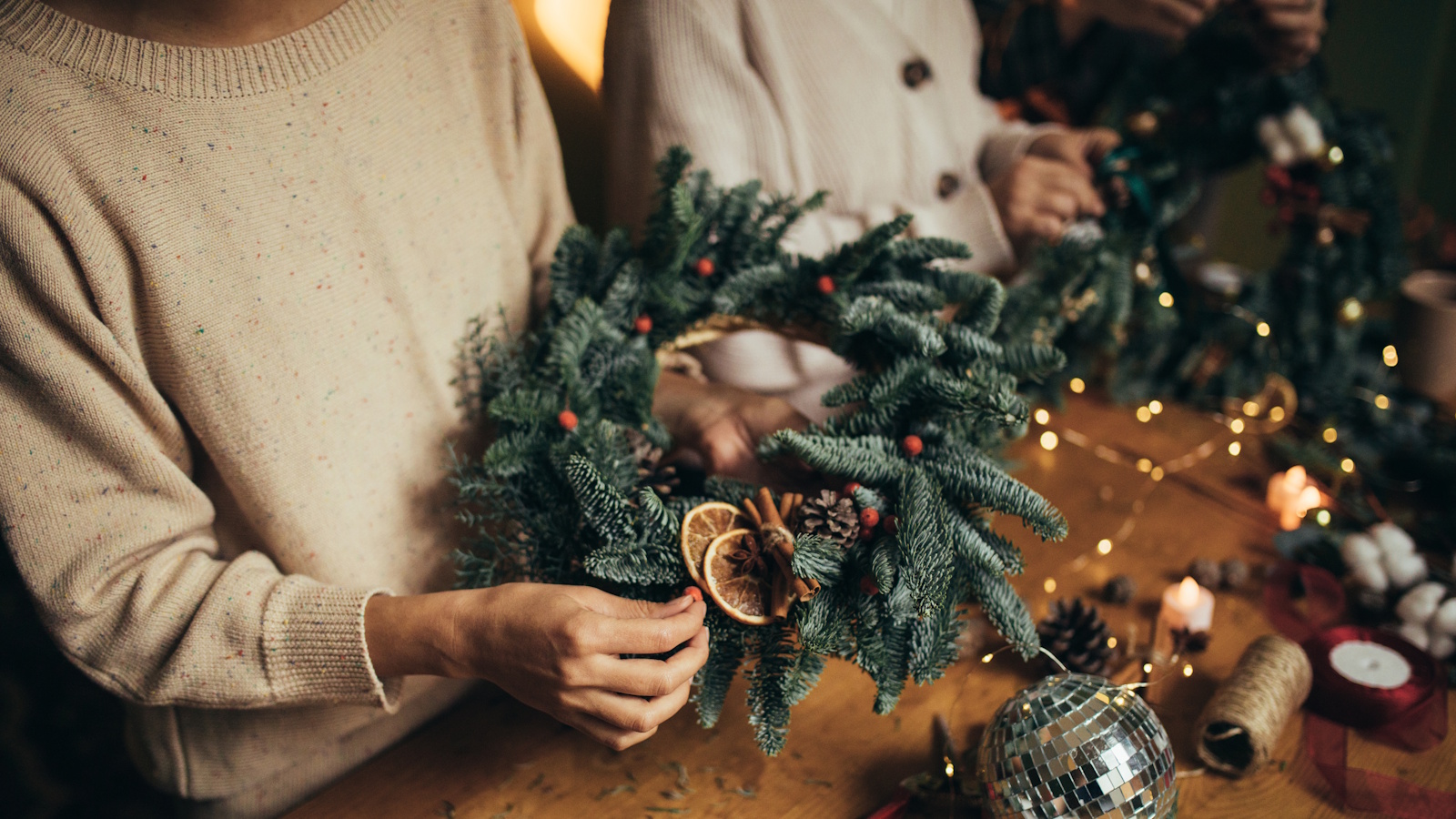

Crafting my own festive wreath is a timeless tradition I look forward to every year in the lead up to the holidays. I’ve also taught hundreds of other people how to make their own wreaths over the past decade when I was working as a professional florist, and there is one thing I’ve noticed happening more and more in recent years: clients bringing bags of foliage, branches and berries cut from their own gardens to add to their designs.
There is something so wonderful about using natural materials from your very own backyard to create a Christmas wreath idea, and clearly, many of you agree. It adds an authenticity and personal touch that simply can’t be matched by a bought wreath.
A beautiful design that balances structure, winter color and fragrance can absolutely come from your own backyard, you just have to know the best things to select to showcase the textural beauty of the season. Here’s what to gather for a wreath that looks professionally styled in every way, but feels authentically homegrown.
Natural, structural base options
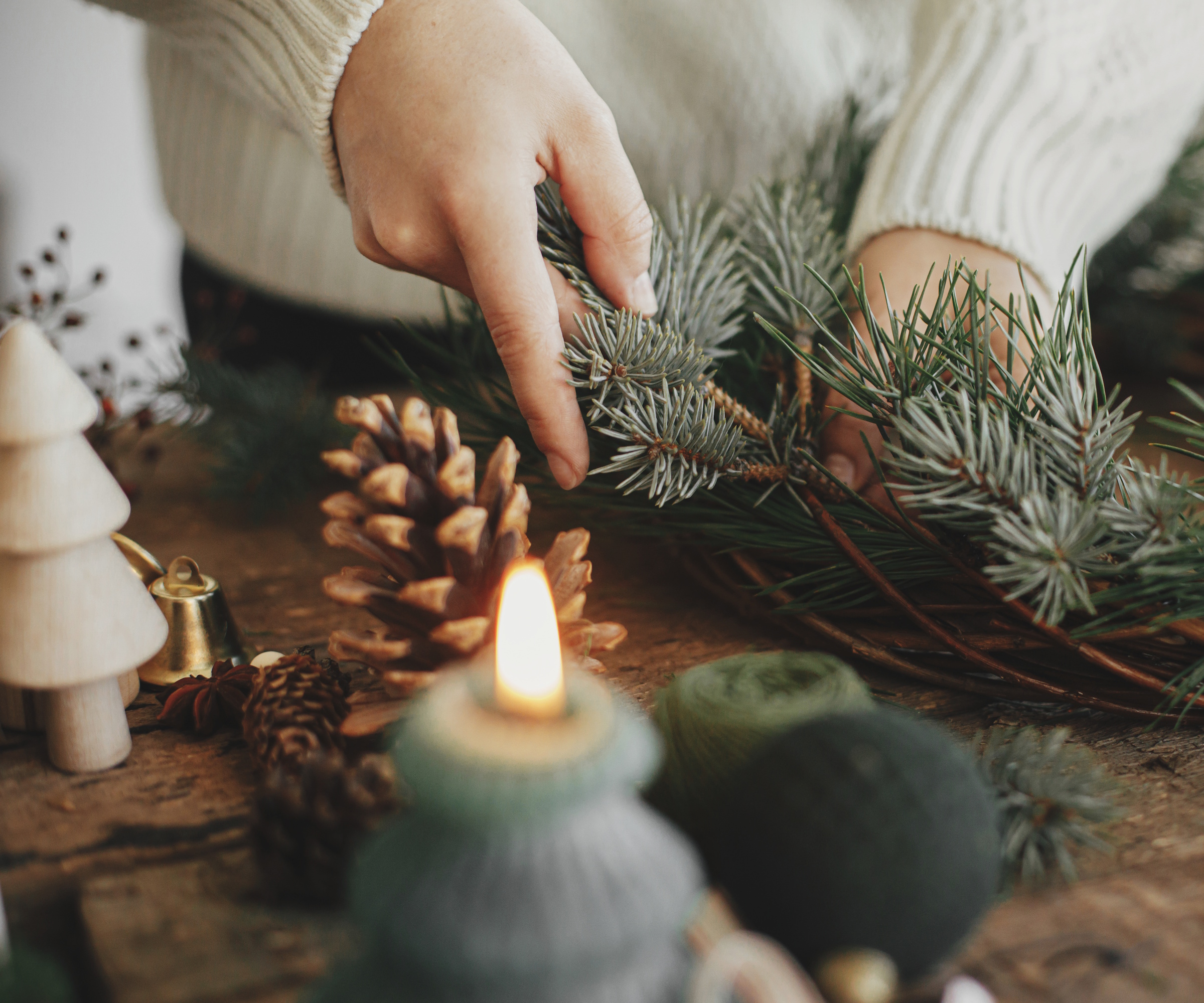
Natural wreath bases provide a sustainable and solid structure to work from. They’re biodegradable and will give a finished wreath an effortless, organic shape.
My preference is to opt for willow or hazel stems, as they are flexible and strong, and therefore easy to bend into circular shapes without snapping.
Both would create a beautiful organic base that’s lighter and more natural-looking than wire rings. The bark also gives a rustic finish that you might want to leave peeking through the foliage for an intentionally artisan feel.
Other options you could consider using from your yard are grape vines or wisteria whips. Clematis and honeysuckle stems are also ideal for smaller wreaths; when dried, they form elegant, lightweight structures with delicate movement. You can leave the fine tendrils on show to give a lovely sense of natural flow.
Design expertise in your inbox – from inspiring decorating ideas and beautiful celebrity homes to practical gardening advice and shopping round-ups.
If you don't have any of these vines or twigs growing in your yard, you can find natural grape vine wreath bases from Amazon.
Evergreen foliage

Evergreens are the foundation of a long-lasting wreath. Aromatic, hardy, and rich in seasonal color, they are an essential component. I always mix textures and colors for a professional and layered look.
Conifers (cedar, juniper, fir, cypress) and spruce form the bulk of professional wreaths. Their soft needles layer beautifully and release a clean, resinous fragrance. Juniper berries also bring subtle color and visual interest. They will also last for many weeks outside in the cold, looking fresh well into the New Year.
Yew is another good option for its deep green and dense foliage. Yew adds luxurious depth and I find it ideal for creating definition and contrast within a holiday wreath.
Pittosporum happens to be my favorite evergreen foliage of all time. With its neat leaves in variegated shades, its great for a compact, manicured texture. Perfect for filling gaps and balancing the more dramatic stems.
Eucalyptus of all varieties is beloved by florists at this time of year for its silvery tone and wonderful scent. It softens the deeper greens and gives an ethereal, frosted effect. It will dry out more quickly than the spruce and conifers, so be aware of this if you want your wreath to look fresh all season long. You might need to replace a few stems or simply make it closer to Christmas.
Finally, magnolia grandiflora, with its glossy green tops and burnished copper undersides, has become a favorite, adding instant elegance and warmth. You don't need a lot for full and fast coverage.
Textural elements
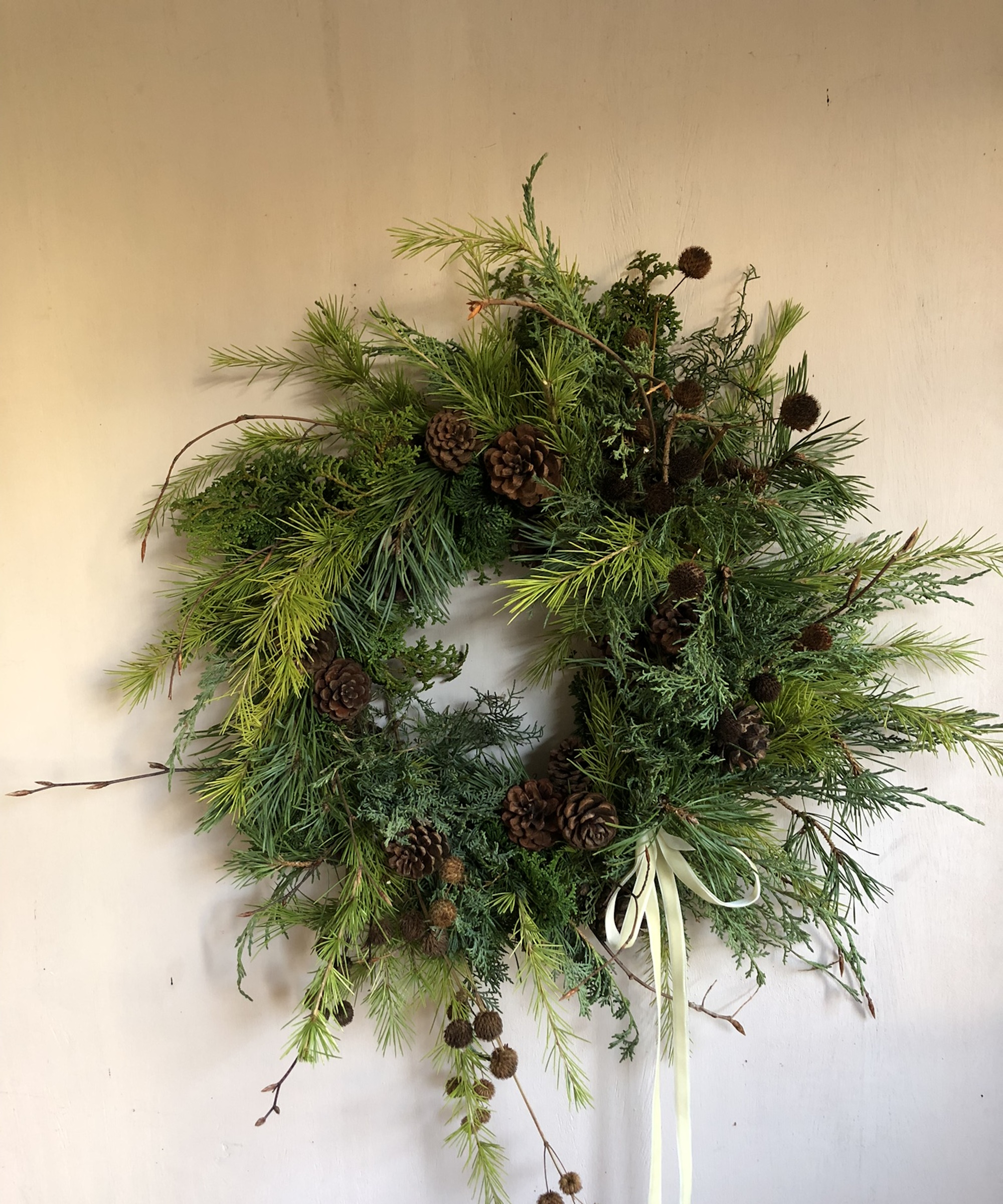
These elements add tactile contrast, and are often the things that will bring the biggest personal touches to a wreath.
Dried seedheads (allium, nigella, teasels, poppy pods, honesty) are my absolute go-tos, as these sculptural forms add both interest and individuality. Whatever your favorite flowers were this year in the garden, you can create a nod to them in your holiday wreath. They echo the natural rhythms of the garden in winter, and their muted tones pair beautifully with evergreens.
Ornamental grasses, such as Miscanthus, Pennisetum, or Panicum, bring softness and movement. They’re also ideal if you want to make your design more asymmetrical or contemporary.
Birch twigs or curly hazel are super effective for a touch of height or to extend the silhouette beyond the ring, giving the wreath an airy, expressive quality.
Berries, fruits and scent

Everyone loves a berried accent in a wreath. Choosing red and copper tones adds warmth, while evergreen herbs release scent each time the door opens.
Holly is your classic choice, but best used sparingly for elegant impact. Its glossy leaves reflect light, while berries offer vibrant pops of color. My only issue with holly (similar to juniper) is that it is tricky to handle. If you can find some younger foliage, the spikes will be softer on your hands. Or, you can opt for some lightweight gardening gloves, such as these ones from Amazon, to protect your skin.
Skimmia is another reliable shrub for glossy, long-lasting clusters of red or pink berries that don’t drop easily. I also don't think you can beat rose hips for naturalistic warmth and movement.
Adding bay leaves and rosemary sprigs will add to the fragrance and would be perfect for a kitchen door or herb-inspired design.
Luxury natural accents
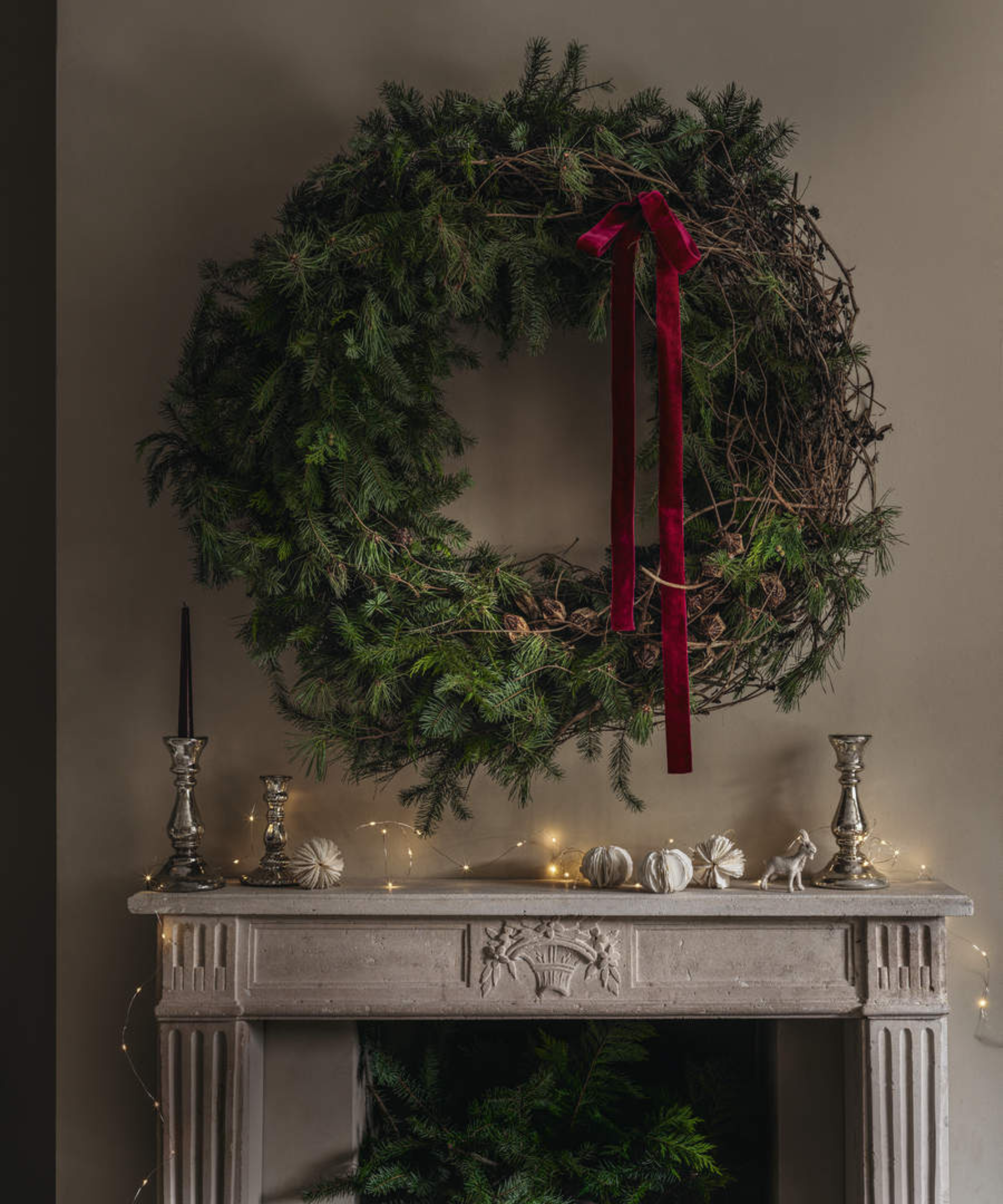
These finishing details will create natural focal points. Some of these also reflect current design trends, blending natural with subtle luxury.
Personally, I love dried hydrangea heads, and as I have several shrubs in my garden always want to add these into my wreaths. They are so popular with clients, too. Their faded petals add volume and a soft antique quality that I adore. A pro tip is to dry them first before adding them to a wreath. If you snip and add straight away the heads may go brown rather than retain their color in the wreath.
Everlasting flowers are still a huge trend, so if you grow any statice, strawflower, or achillea, these would be perfect to add to a wreath, bringing subtle pops of color. They also retain their shapes beautifully when dried.
Twigs and pine cones are almost non-negotiable for me. Even just three pine cones clustered in one area of your wreath creates a natural focal point where you could add a velvet ribbon or a few berries.
Lastly, you might consider naturally molted feathers if you can find any in your yard. They are not for everyone, but they can add sophistication, especially in earthy, tonal schemes.
What's growing in your backyard right now will depend on where you are in the country, your climate and hardiness zone. So to finish, I've listed a few of my favourite wreath-making materials that can be found depending on your location.
In Southern states, make use of glossy magnolia leaves, citrus foliage, pittosporum, seed pods, and dried grasses. In the Northeast and Midwest, you can use spruce tips, juniper, holly, yew, and rose hips, which thrive in these states and hold up in freezing weather. While on the West Coast, opt for olive branches, eucalyptus, manzanita, and redwood trimmings to bring sculptural variety.
Shop wreath-making essentials
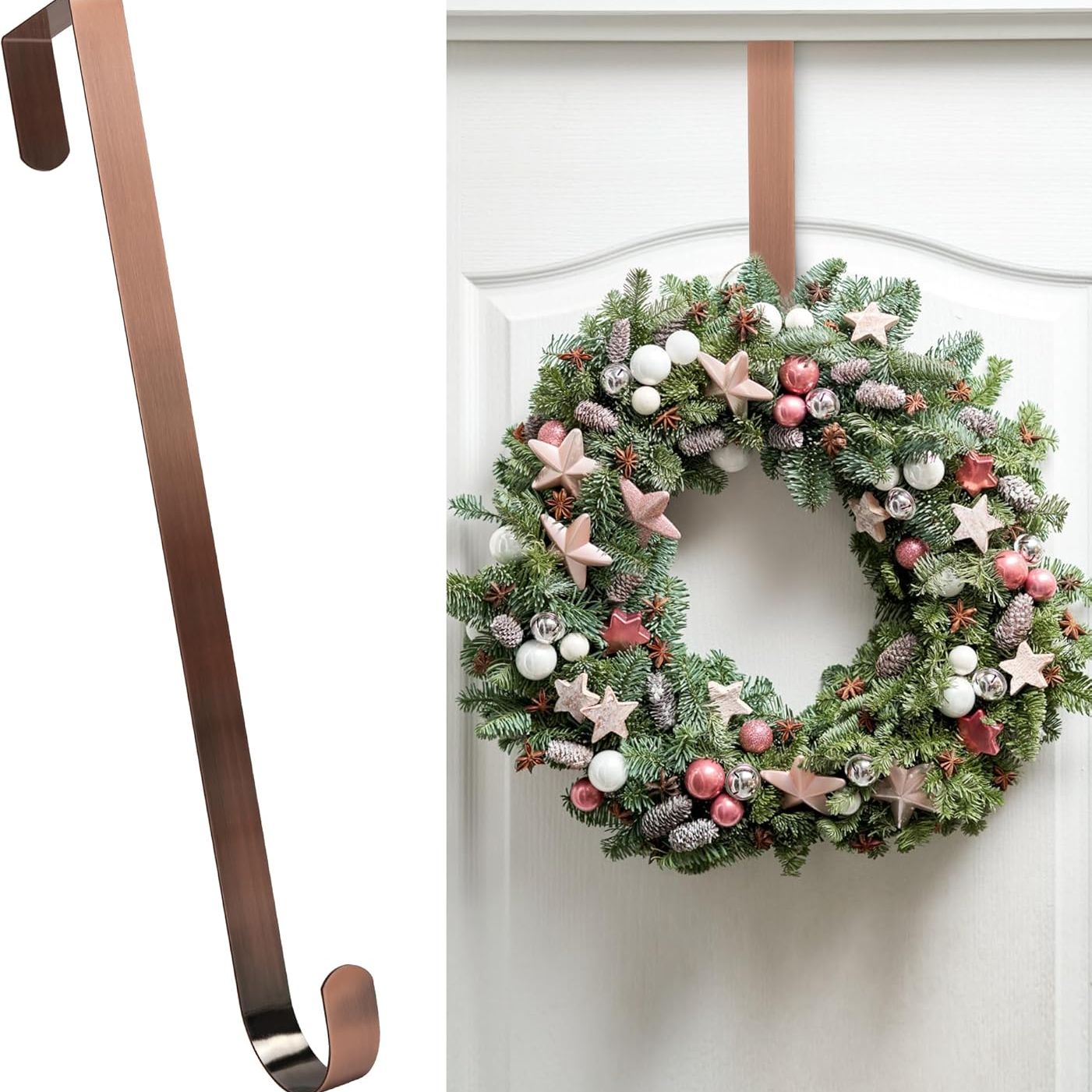
A wreath hanger is one of those things you don't realise you need, but is so essential to avoid damage to your door and to display your wreath beautifully. I like the rose gold shade of this one. Extendable wreath hangers from Amazon might be good to look at too.

Rachel is a gardening editor, floral designer, flower grower and gardener. Her journalism career began on Country Living magazine, sparking a love of container gardening and wild planting. After several years as editor of floral art magazine The Flower Arranger, Rachel became a floral designer and stylist, before joining Homes & Gardens in 2023. She writes and presents the brand's weekly gardening and floristry social series Petals & Roots. An expert in cut flowers, she is particularly interested in sustainable gardening methods and growing flowers and herbs for wellbeing. Last summer, she was invited to Singapore to learn about the nation state's ambitious plan to create a city in nature, discovering a world of tropical planting and visionary urban horticulture.
You must confirm your public display name before commenting
Please logout and then login again, you will then be prompted to enter your display name.
